How our intervention has changed two years after the outbreak of war in Ukraine
Two years after the outbreak of the conflict in Ukraine, we reflect on the journey so far and how our intervention has changed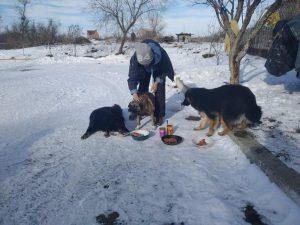
Our Ukraine program is one of the most meaningful things we have ever done
When we decided to respond to the crisis in Ukraine in March 2022, we never thought it would become a multifaceted program that provides critical long-term support for more than 9,000 animals in Ukraine and urgent short-term aid for many more. Our supporters have been essential for making this work possible. Donors of Save the Dogs around the world are truly saving lives of animals in desperate need.
The day everything began
Fourteen million Ukrainian people left their homes due to the war. While some were able to bring their pets with them, many did not, leaving countless dogs and cats to wander the streets in search of food and shelter. Rather than lifelong street dogs, many of these animals were family pets, lack survival skills, and would be unable to survive the brutal Ukrainian winters without help. There are now more roaming dogs and cats in Ukraine than ever in history. Furthermore, because Ukraine does not have a culture of sterilizing pets, many of these animals will reproduce, creating an unprecedented animal welfare crisis in the country.
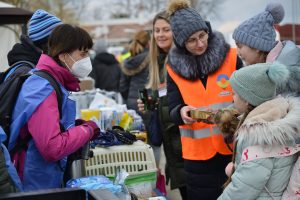
Save the Dogs’ response to the war in Ukraine began with a focus on the border between Ukraine and Romania at Isaccea, where up to 1000 refugees crossed the border each day
The first days at the border
Save the Dogs’ response to the war in Ukraine began with a focus on the border between Ukraine and Romania at Isaccea, where up to 1000 refugees crossed the border each day. Some of them carried cats and small dogs in their arms, without any supplies for the animals. We had volunteers and staff posted at the border every day for months, providing leashes, collars, pet carriers, and food, advice about the regulations for traveling onward to other countries with their pets, and a safe place to sit and think about the fact that they just left their home country and might never go back.
The beginning of long-term partnerships in Ukraine
We soon connected with animal shelters and volunteer groups in Ukraine that urgently needed help, especially pet food. We initially sent one or two tons across the border at a time while we learned the often-changing rules for importing donated supplies to Ukraine. At that time, we didn’t expect that these initial connections would become long-term partnerships, and the basis of a broad network of partners across much of Ukraine.
Read also: Save the Dogs’ work in Ukraine with Eurogroup for Animals
Our Ukraine program is one of the most meaningful things we have ever done. It has enabled us to collaborate with very generous partners and supporters, as well as with incredible Ukrainian people who have shown an almost limitless dedication to defending animals, despite their country and often their personal lives being in turmoil. These volunteers have been a key to our Ukraine response, keeping us informed of frequent changes in the needs of animals and regulations for donating supplies and funds, efficiently distributing food and supplies to where they are needed most, and empowering Save the Dogs to function as if we have staff positioned across the country.
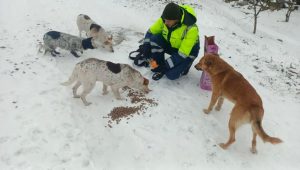
The model of bringing cats and dogs to shelters and subsequently rehoming them is completely inadequate for this number of animals in need
Bringing animals to shelters is not the right solution for this crisis
Ukraine’s animal shelters were generally at capacity before the war, and now they have absolutely no space for taking in more animals. The model of bringing cats and dogs to shelters and subsequently rehoming them is completely inadequate for this number of animals in need.
Furthermore, many of the volunteers and staff that animal charities relied on have left, and because the shortage of workers has forced many businesses to close and devastated the economy, the local donations that charities depended on have practically dropped to zero.
This leaves the animal welfare sector dependent on support from compassionate people and organizations in other countries. Although Ukraine no longer dominates the news headlines, support for these animals is more urgently needed than ever.
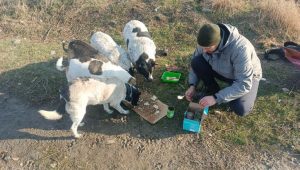
Almost two years into the war, our work in Ukraine has become a diverse long-term program
They have no one else to support them
Almost all of the animal shelters and volunteer street feeders that we collaborate with say that Save the Dogs is the only organization supporting them, and without our help, thousands of animals would starve and even more puppies and kittens would die on the streets.
Read also: Ukraine. How the rescued animals are faring after the destruction of the Kherson Dam
We maintain daily communication with dozens of partners in Ukraine who keep us informed about the needs of animals in the areas where they feed and take care of them, as well as emerging needs and changes in the animal welfare landscape in Ukraine.
We travel to Ukraine regularly, to monitor the projects, build stronger relationships with our partners, and gain a better understanding of the current needs. Some of our partners in Ukraine have become good friends who we will stay in contact with for life.
The expansion of our work
Our work has expanded to cover a large area from near the Romanian border to Odessa, Mykolaiv, and Kherson at the frontline of the war, as well as Kharkiv and surrounding areas in the northeast. We continue to provide pet food, now tens of tons rather than one or two tons at a time. We launched a sterilization program for street dogs and cats in collaboration with veterinary clinics in three cities, which has prevented the births of tens of thousands of homeless puppies and kittens. We are now supporting animal shelters that we have been collaborating with by enabling them to rebuild damaged facilities and build shelters and dog houses. Additionally, we enable partners in Ukraine to rescue animals that need emergency veterinary treatment.
Almost two years into the war, our work in Ukraine has become a diverse long-term program. Hundreds of people and thousands of dogs and cats depend on us.
